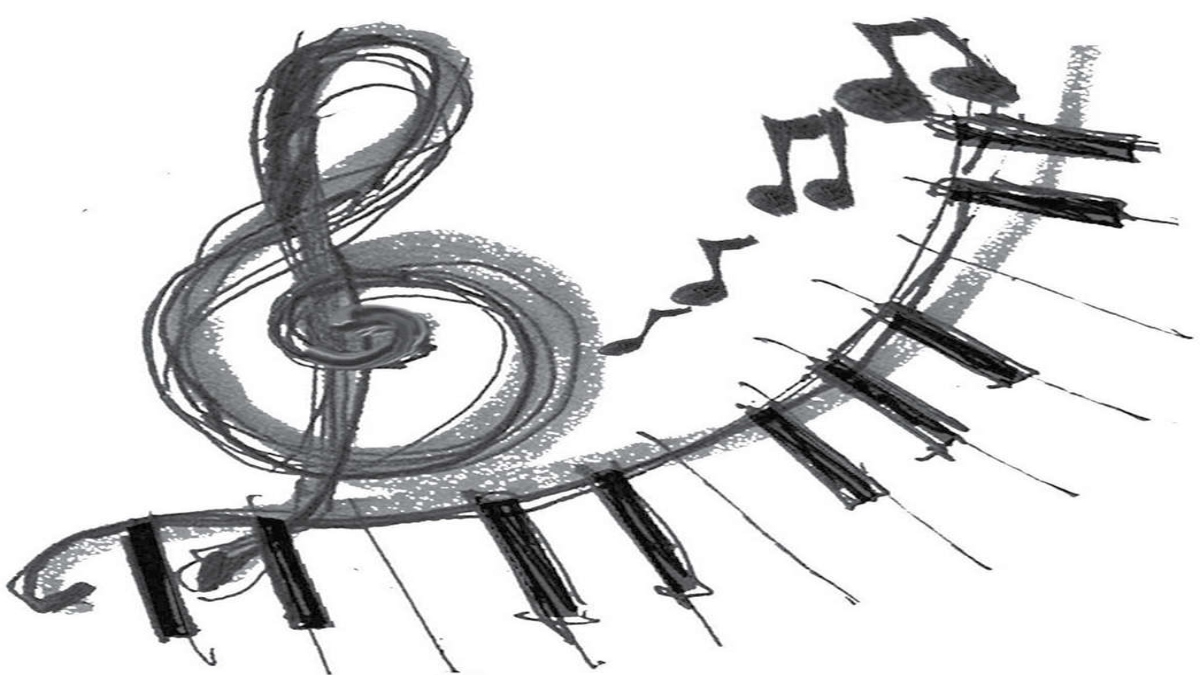


I was in one of my sessions the other day with a student, a lady who had just commenced learning Vilambit Khayal from me in her Hindustani classical music journey. For the uninitiated, learning Vilambit Khayal or Bada Khayal as it is alternately called, is a mark of progression to a higher level of learning. Learning to sing Vilambit Khayal requires patience, stillness and perseverance. As my session progressed with this student, we came to the ‘Aalap’ portion of the song. Aalap is a way to explore the notes of the Raaga or melodic structure through creative phrases of the Raag within the Vilambit Khayal. One of the things being discussed in the session that day was how, when staying on a particular note, it is important to be one with that note, as if nothing else exists. It is the act of completely submitting to the divine sound of that Swar or note, and staying there with the spirit of complete surrender. While the student was doing that, both she and I got locked into a space of complete timelessness. There was a sense of being in the presence of divinity and a sense of being there for eternity.
This anecdote is testament to the relevance of classical music to the profound spiritual pursuit of bliss. Often, in self help books and even in teachings of spiritual gurus, one finds a lot of emphasis on stillness and being in the present. It’s a complete acceptance of the ‘What is’ rather than a dwelling in the ‘What if’. This philosophy is seen reflected in the musical anecdote above. While staying on a particular Swar or note and submitting fully to it, one learns to stay in the present and be fully immersed in it.The next note or even the melody that is going to unfold, is not on the mind of the person singing. The melody unfolding happens as an automatic phenomenon as the singer goes on from one note to the other, each time being complete immersed in the divinity of that note. There are many other examples. In any great work of art or craft, the artist or craftsman has to immerse himself or herself in each stroke of the brush or each carve on the stone or wood. The painting or statue carves itself after that.
In life I’ve learned my spiritual truths the hard way, after many trials and travails. But each time, the lesson has been learnt well and has led me to a better place.
My journey as a musician and as a music educator has been on a parallel road to that of my spiritual path; and in many ways, been symbiotic with my spiritual practice. Of all the things I’ve learnt in this journey, one of the most important ones is to let go of the past and the future, the ‘What if’. And submit and be completely immersed in the present, the ‘What is’. Because in the ‘What is’ lies the answer to the ‘What if’. It is what you do now and how you deal with the now that determines the future, and what will eventually become your past. One of the easiest ways to learn the art of living and being with the ‘What is’ is to immerse oneself in the sounds of the Sargam, the seven notes of the Indian Classical Music scale. Immerse yourself in the sounds of the seven notes through the myriad colours of different Raagas. Do it slowly, gently, with humility and submission to every note. And you will see that magic of ‘What is’! That is the only place you will ever want to be.
The writer is a vocalist of both Hindustani and Carnatic Classical music, with over three decades’ experience. She is also the founder of Music Vruksh, a venture to make classical accessible for its aesthetic and wellness benefits.